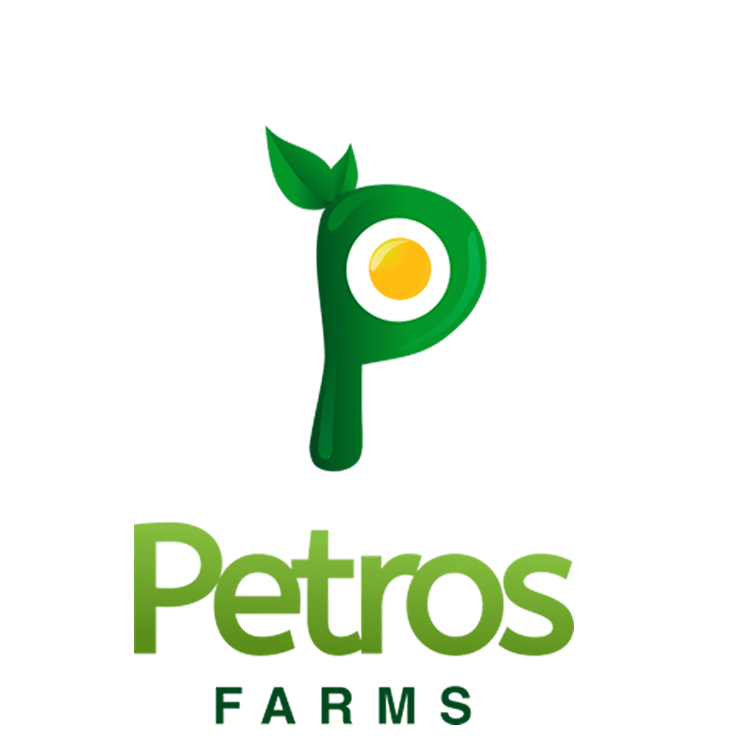18 Mar Choosing the Best Poultry Housing for African Farms
For the aspiring poultry farmer in Africa, the journey of navigating commercial chicken housing is akin to embarking on a voyage through diverse landscapes, each presenting its own set of challenges and opportunities. As you strive to build and optimize your farm for maximum productivity and profitability, one of the fundamental decisions you’ll face is whether to invest in modern, climate-controlled housing or embrace the simplicity of open, naturally ventilated structures.
In a recent video series by Petros Farms, the remarkable journey of their pioneer chickens in Pen 1 unfolds, showcasing the secrets behind their extraordinary success as they approach the remarkable milestone of 100 weeks. From the meticulous matching of feed to their stage of growth to the strategic implementation of energy and weight management techniques, Petros Farms leaves no stone unturned in their quest for excellence.
As each hen reaches this age, having laid an average of 500 eggs per bird, one is left in utter amazement at how such exceptional results can be achieved in an open and naturally ventilated structure. Nevertheless, one crucial aspect that emerges is the significance of choosing the right building design, particularly in diverse African climates.
Let’s delve into the contrasting environments of Uganda and Nigeria, two African countries that exemplify the spectrum of challenges faced by poultry farmers across the continent. In Uganda, where the gentle breeze caresses the landscape and temperatures range between 16.67 to 27.78°C, open and naturally ventilated poultry houses thrive. With the ideal temperature range for chickens falling between 18 to 24°C, Ugandan farmers achieve impressive egg production rates of 95% and above, even maintaining excellence as their hens reach 100 weeks of age, all without elaborate cooling systems.
In stark contrast, Nigeria presents a formidable challenge to poultry farmers, with relentless sun and high temperatures hovering around 27°C, occasionally peaking even higher. These conditions predispose chickens to heat stress, threatening productivity and profitability. In response, Petros Farms has invested in a range of solutions, from under-roof ceiling insulation to centrifugal fans, combating the scorching heat to safeguard their poultry’s well-being.
Under-roof ceiling insulation plays a pivotal role in shielding chickens from radiant heat, reducing mortalities during the hot season when heat stress is significant. Additionally, poultry circulation fans and wind-driven turbine exhaust ventilators ensure efficient air movement and heat dissipation, critical for maintaining optimal conditions, especially in tropical regions like Nigeria.
Despite their best efforts, heat stress remains a constant challenge for Petros Farms, impacting productivity levels during periods of extreme weather. Yet, the key takeaway remains clear: success in poultry farming hinges on understanding and adapting to the unique environmental conditions of each region.
To aid poultry farmers in navigating these challenges, Petros Farms provides insights into ten African countries with the best optimal temperature ranges for poultry farming, including Uganda, Kenya, and Tanzania. Conversely, countries like Nigeria, Sudan, and Chad experience high average temperatures, necessitating substantial investments in cooling infrastructure to mitigate heat stress.
Ultimately, whether you find yourself in the temperate climes of Uganda or the sweltering heat of Nigeria, the path to success lies in informed decision-making and adaptation. While open, naturally ventilated housing may suffice in moderate climates, modern climate-controlled structures offer better control and productivity in hotter regions, ensuring the sustained success of African poultry farms.
In conclusion, the journey of poultry farming in Africa is as diverse as the continent itself, but armed with knowledge and innovation, farmers like those at Petros Farms continue to thrive, setting new standards of excellence in the industry.
Top 5 Key Takeaways
- African poultry farmers face diverse challenges and opportunities in choosing between modern, climate-controlled housing and open, naturally ventilated structures.
- Petros Farms’ pioneering success in open, naturally ventilated structures underscores the importance of selecting the right building design for optimal results.
- Contrasting environments in Uganda and Nigeria highlight the critical role of climate in poultry housing decisions, with temperature variations impacting productivity.
- Petros Farms employs innovative solutions like under-roof ceiling insulation and air circulation systems to combat heat stress in Nigeria’s harsh climate.
- Success in African poultry farming hinges on understanding regional environmental conditions and adapting housing strategies accordingly, with modern structures offering advantages in hotter regions.
Cheers.
Petros Farms
Share with:
